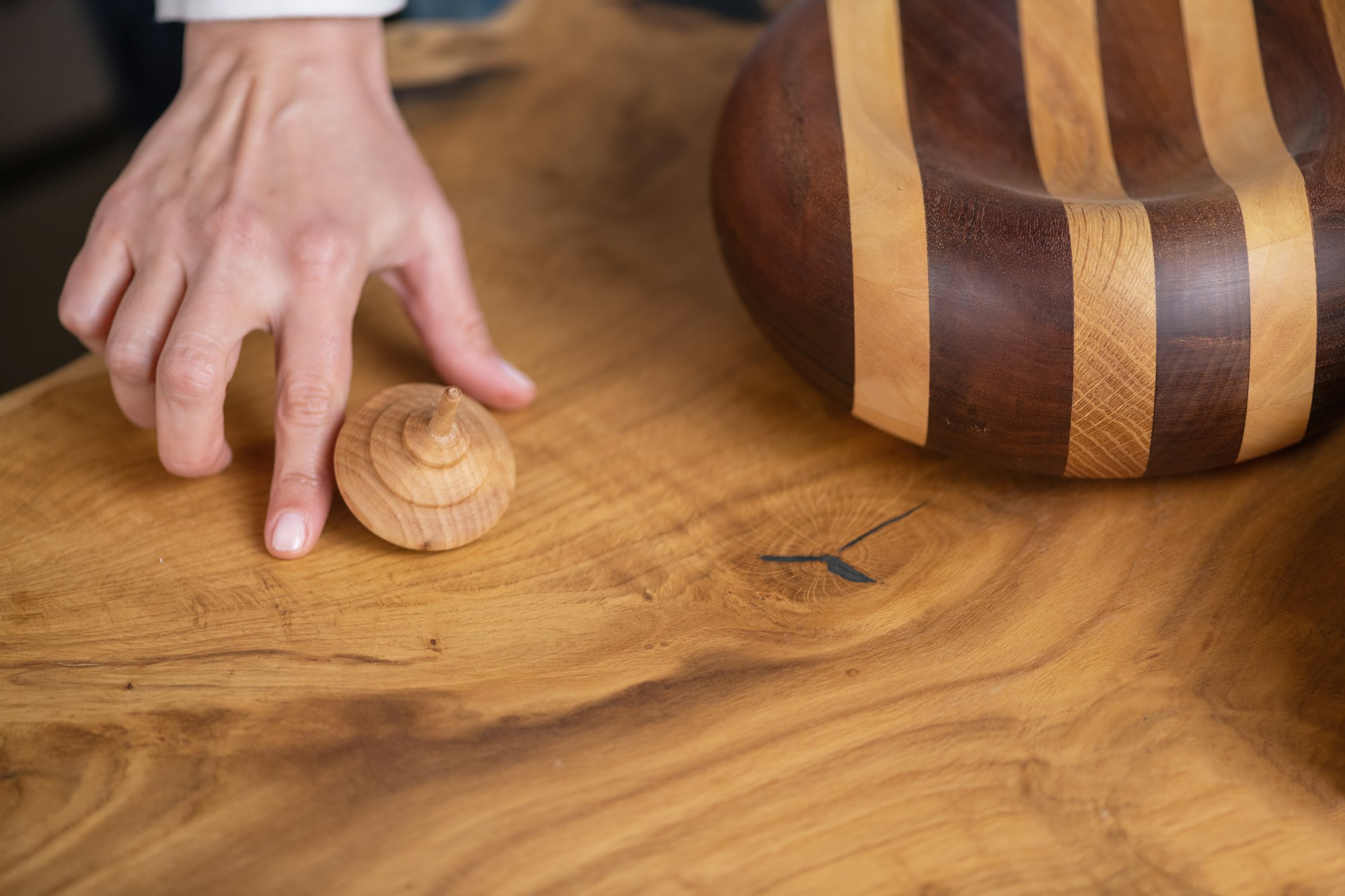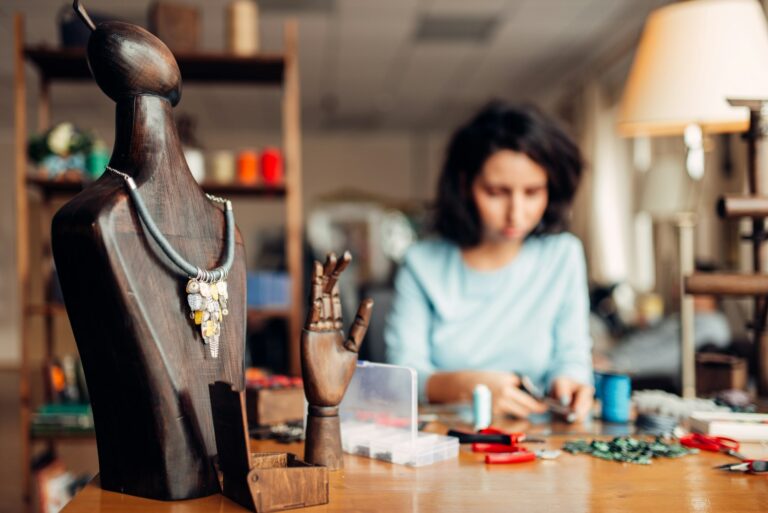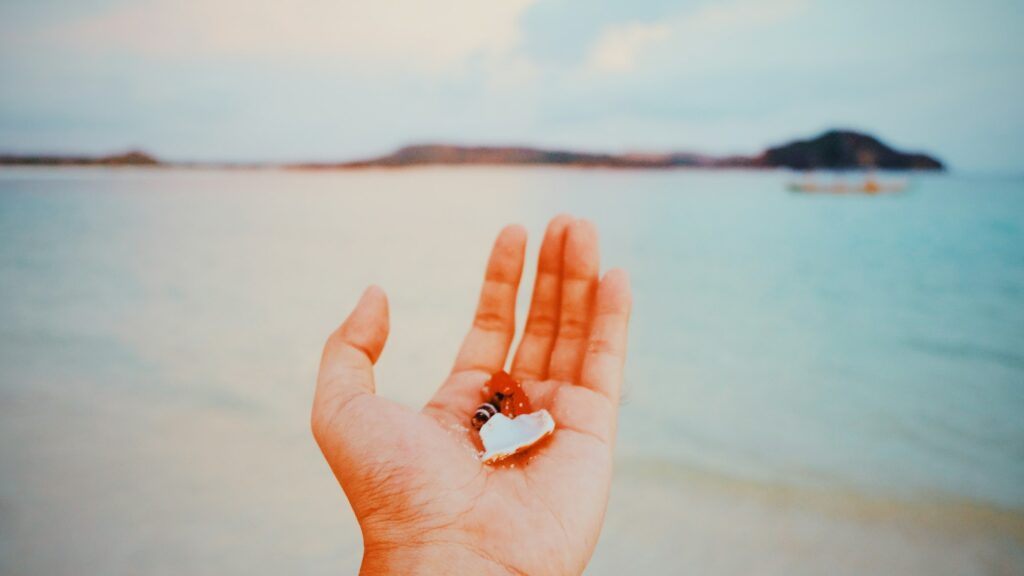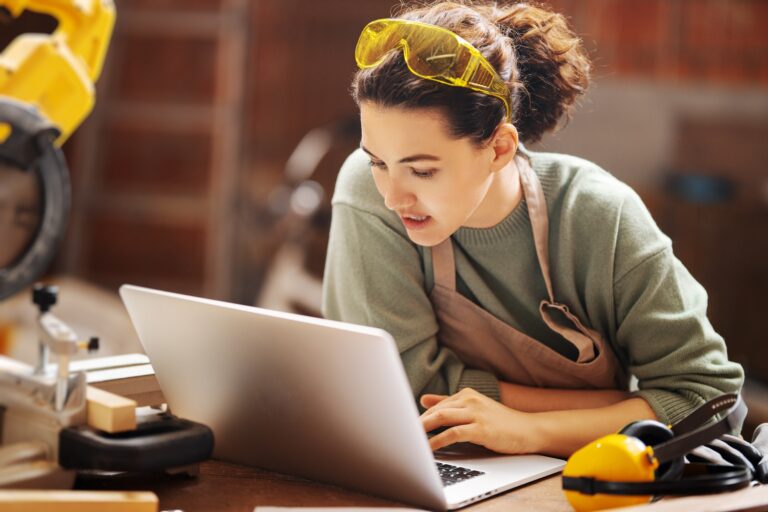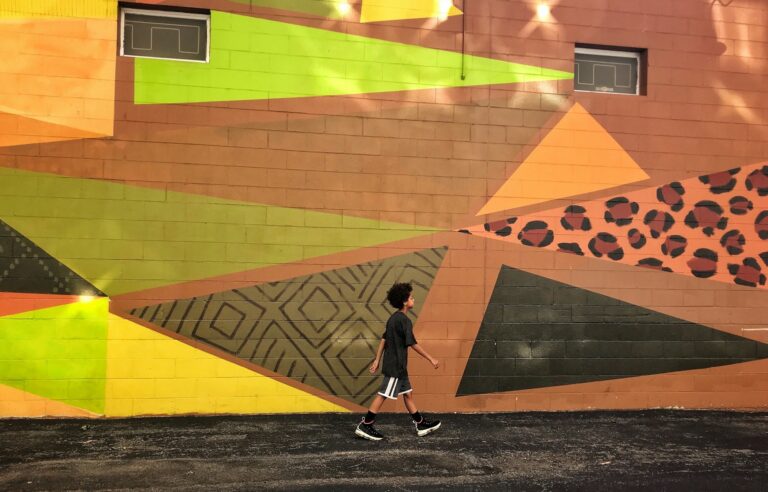In today’s world, creativity and sustainability go hand in hand. As environmental concerns rise, artists are finding innovative ways to merge their passion for art with eco-friendly practices. This fusion of art and sustainability, known as eco-art, is transforming how we create and consume art. Let’s explore the exciting realm of eco-art and discover how artists are making a positive impact on the planet.
1. Understanding Eco-Art
1.1 What is Eco-Art?
Eco-art is a form of artistic expression that emphasizes environmental sustainability. It encompasses a variety of practices that aim to reduce the ecological footprint of art-making. This includes using recycled materials, creating art that promotes environmental awareness, and adopting sustainable methods in the creative process.
1.2 The Philosophy Behind Eco-Art
At its core, eco-art is about harmony with nature. It challenges artists to think critically about their materials and methods, encouraging them to find creative solutions that benefit both their art and the environment. This philosophy fosters a deeper connection between the artist and the natural world, promoting a sense of responsibility and stewardship.
2. Sustainable Art Materials
2.1 Recycled and Upcycled Materials
One of the most popular trends in eco-art is the use of recycled and upcycled materials. Artists are turning discarded items into beautiful works of art, giving new life to what would otherwise be waste. This not only reduces landfill waste but also highlights the potential of everyday objects to become something extraordinary.
2.2 Natural and Organic Materials
Many eco-artists opt for natural and organic materials. These can include everything from plant-based dyes and natural fibers to sustainably sourced wood and clay. By choosing materials that are biodegradable and non-toxic, artists can create works that are as kind to the earth as they are to the eye.
2.2.1 Plant-Based Dyes
Plant-based dyes offer a vibrant and eco-friendly alternative to synthetic pigments. Artists can extract colors from fruits, vegetables, flowers, and even roots, creating a palette that is both beautiful and sustainable. This practice reconnects art with the natural cycles of the earth.
2.3 Digital Art and Minimal Waste
Digital art is another avenue for sustainable creativity. By creating and sharing art digitally, artists can significantly reduce their use of physical materials. Digital art platforms and virtual galleries offer limitless possibilities for creation and exhibition without the environmental costs associated with traditional art forms.
3. Techniques and Practices in Eco-Art
3.1 Sustainable Studio Practices
Eco-art isn’t just about the final product; it’s also about the process. Sustainable studio practices can include energy-efficient lighting, reducing water use, and proper disposal of hazardous materials. Artists are also finding ways to minimize waste by carefully planning their projects and reusing materials whenever possible.
3.2 Collaborative Projects
Collaboration is a key component of many eco-art projects. By working together, artists can share resources, ideas, and techniques, reducing their overall environmental impact. Collaborative projects often involve community engagement, bringing people together to create art that raises awareness about environmental issues.
3.3 Environmental Installations
Environmental installations are large-scale works that interact with the natural environment. These installations can range from temporary sculptures made of natural materials to permanent works that integrate with the landscape. The goal is to create art that not only exists in nature but also enhances and respects it.
4. Prominent Eco-Artists and Their Work
4.1 Andy Goldsworthy: Nature’s Sculptor
Andy Goldsworthy is renowned for his ephemeral sculptures made from natural materials like leaves, stones, and ice. His works are a testament to the beauty of nature and the impermanence of life. Goldsworthy’s art often involves carefully arranging natural elements in ways that highlight their intrinsic beauty and connection to the environment.
4.2 Aurora Robson: From Waste to Wonder
Aurora Robson transforms plastic waste into intricate sculptures and installations. Her work addresses the issue of plastic pollution while showcasing the potential for beauty in discarded materials. Robson’s art serves as a powerful reminder of the impact of human activity on the planet and the possibilities for creative reuse.
4.3 Nils-Udo: Living Art
Nils-Udo creates living installations that blend seamlessly with their natural surroundings. Using elements like trees, flowers, and earth, he constructs pieces that evolve with the landscape. His work emphasizes the harmony between art and nature, illustrating how creativity can coexist with and celebrate the natural world.
5. How to Embrace Eco-Art in Your Creative Practice
5.1 Start Small and Local
You don’t need to overhaul your entire practice to make a difference. Start with small changes, like using recycled paper or natural pigments. Look for local sources of sustainable materials to reduce your carbon footprint and support your community.
5.2 Educate Yourself and Others
Learn about the environmental impact of different materials and techniques. Share your knowledge with fellow artists and encourage them to adopt sustainable practices. The more people are aware of eco-art, the greater the collective impact will be.
5.3 Get Involved in Eco-Art Projects
Join or initiate eco-art projects in your community. Collaborate with local organizations, schools, and other artists to create works that promote environmental awareness. Public art installations, workshops, and exhibitions can all be powerful tools for change.
Conclusion
Eco-art is a dynamic and inspiring field that combines creativity with environmental stewardship. By adopting sustainable practices, artists can reduce their ecological footprint and create works that inspire others to think more deeply about their relationship with the planet. Whether you’re an established artist or just starting out, there’s never been a better time to explore the possibilities of eco-art. Embrace the challenge, get creative, and make a positive impact through your art.

